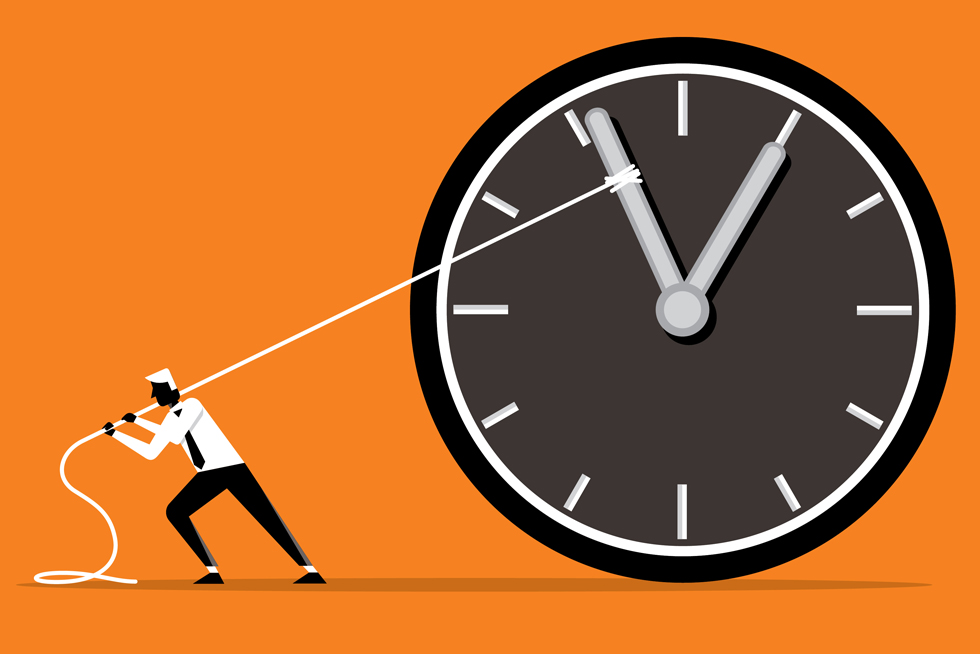Anti-ageing – Is There a Cheap, Quick Fix for anti-ageing?


It isn’t a secret that in the world we live in seems we are more concerned by our body appearance more than our immune function. We are troubled by either shifting or decreasing than maintaining our body mass, we are worried by the risk of age related diseases such as cardiovascular, osteoporosis, cancer and neurodegenerative disorders and general frailty in our later years.
Social media encourages us to seek for the #gymbody, the #lookgoodfeelgood factor, which is not entirely possible. Of course, there are measures we can take such as cosmetic surgery, anti-ageing measures in the form of bioidentical hormone replacement, cocktails of vitamins, antioxidants, anti-inflammatory compounds and aesthetics, however, the point is, not everyone can afford or is favourable to these treatments.
The question raised here at the top in bold here warrants a brief explanation, and before reading on, the answer is yes – there is a quick treat anti-ageing treatment, which helps us feel and look good without anticipating needles prodding and pricking.
Most importantly, we should remember that the ageing process is simply characterised by the declining functional capacity, increasing vulnerability to disease, debility, and unfortunately, death. I would like to think, we all aim to live longer, try to reverse our ageing process and fight against all of these traits. We know that as we get old, some of us have a higher risk to disease than others and frailty is a consequence of natural ageing.
Clinically, beyond the obvious signs and symptoms, we want to analyse the biomarkers of cellular ageing, inflammation and age associated immune deficiencies at tissue and cellular level, to identify these deficits.
Keeping these markers optimum, at least within normality there are things we can try to do without contemplating blood draws or swallowing a pill. Surprisingly, it is what we have all heard before.
As we age it is natural that we lose muscle mass. Moreover, during chronic illness our body wastes plus muscle mass is wasted and weakened. Lean muscle mass has been reported to decrease at approximately 1% per year after 30 years of age and observed at the end of the fifth decade. In layman’s terms, we have to replace what we are losing and gain muscle to slow down this process.
Yes, it is the cheapest, safest and most reliable route to anti-ageing. I’ll highlight the word protein purposefully as it deserves clarification. Studies in anti-ageing have shown that adequate protein intake, particularly, leucine-enriched balanced amino acids and possibly creatine enhancing muscle strength. Some studies have even recommended the amount protein ingested should be spread equally throughout the day, i.e, equivalent amounts at breakfast, lunch, and dinner. Also, if additional protein supplementation is given it should be administered between meals. Levels of protein intake as high as 1.6 g of protein/kg/day have been demonstrated to increase exercise-induced muscle hypertrophy in older persons. Without getting deeper into the protein debate which will be up for discussion in future blogs, the equation is so far simple. A dose of aerobic exercise + increased protein intake + resistance/strength exercises to increase muscle mass = (- ageing + feel good/look good).